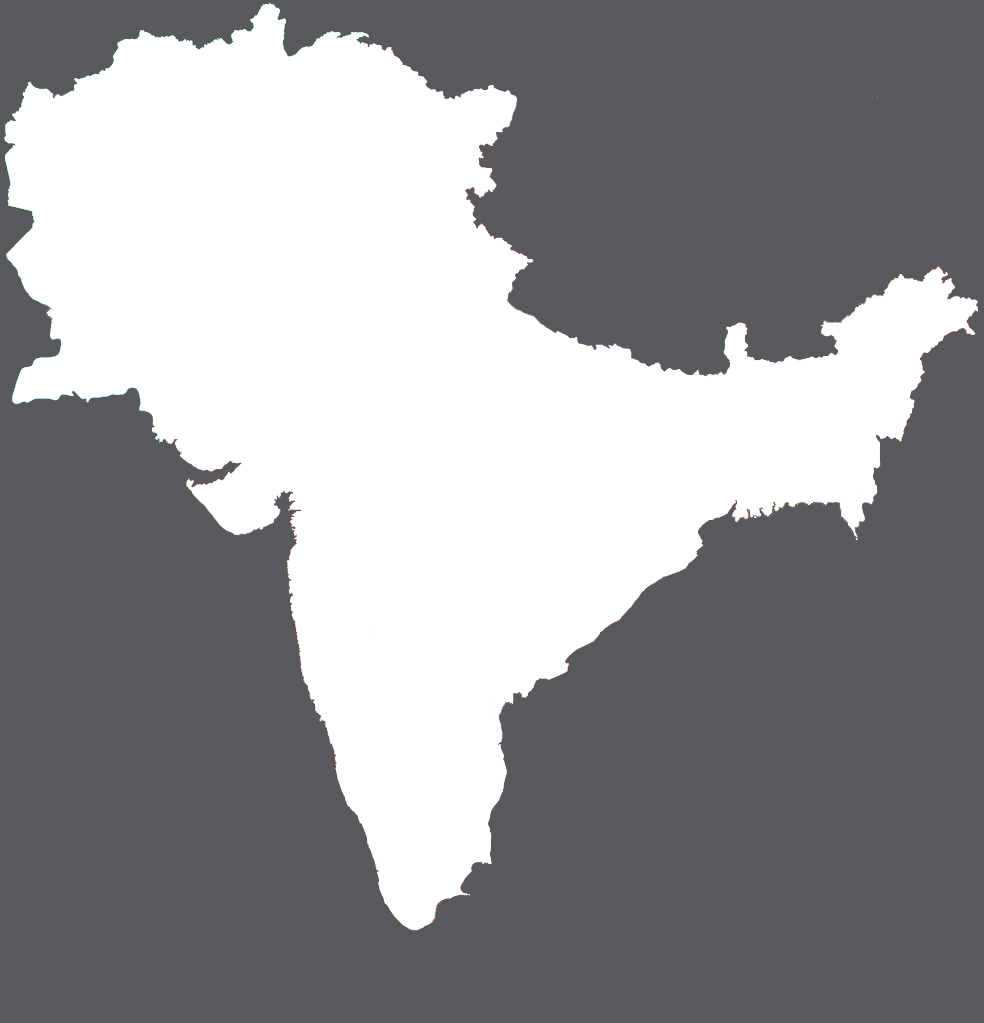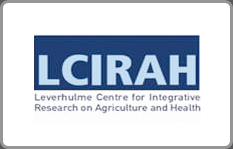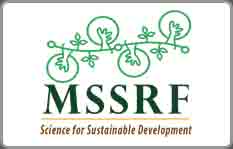Crop Diversity, Dietary Diversity and Nutritional Outcome in Rural Bangladesh: Evidences from VDSA Panel Household Surveys
Does crop diversity contribute toward dietary diversity and nutritional status of rural households in Bangladesh? The present study tries to answer this question. It has analysed panel household survey data collected from 500 households by ICRISAT and IRRI (2010/11 to 2014/15) under the Village Dynamics in South Asia (VDSA) project to examine the relationship between crop diversity, dietary diversity and nutritional status. Diversity in crop production has been estimated through the number of crops grown as also using Simpson’s Diversity Index.
Fragile environment, seasonality and undernutrition in Bangladesh/RB
Undernutrition among mothers and children remains one of the main public health challenges of the 21st century, particularly in low and middle-income countries (Victora et al., 2010). The causes of malnutrition are directly related to inadequate dietary intake as well as disease, though many factors contribute to the indirect causes.
Does Agriculture Promote Diet Diversity? A Bangladesh Study
It is now widely recognised that intake of sufficient dietary energy — the most basic human need for survival — does not ensure adequate intake of protein and micronutrients necessary for leading an active and healthy life. Legumes, animal products, fruits and vegetables are important sources of minerals and micronutrients. Micronutrient deficiency causes impaired cognitive development, compromises immunity and increases vulnerability to infectious diseases and, in severe cases, even causes mortality.







